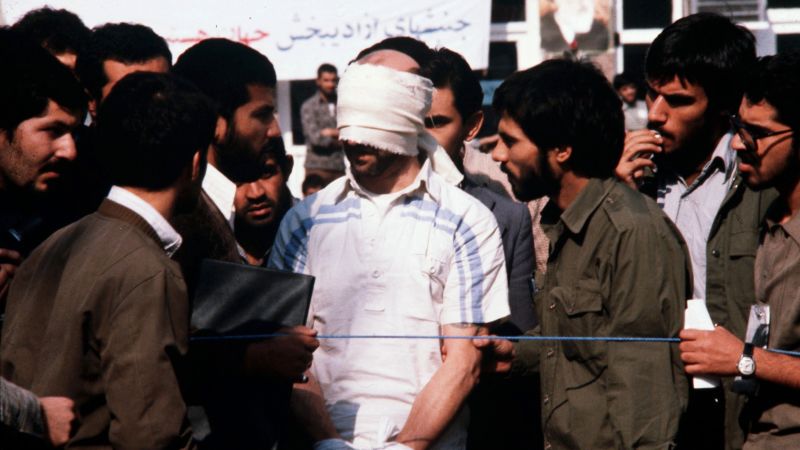The Iran Hostage Crisis: A Historical Overview
In 1979, a significant event unfolded that would reshape the relationship between the United States and Iran—the Iran Hostage Crisis. This article provides an overview of the events that led up to the crisis and its lasting impact.
Background of the Iranian Revolution
The roots of the Iran Hostage Crisis can be traced back to the socio-political climate in Iran. In 1978, Shah Mohammed Reza Pahlavi faced widespread demonstrations and riots against his authoritarian regime. As tensions escalated, government buildings were looted, and anti-Shah sentiments grew significantly.

The Fall of the Shah
On January 6, 1979, the Shah shook hands with the new civilian government in Tehran, yet just days later, he fled the country. The power shift culminated when Ayatollah Ruhollah Khomeini returned from exile on February 1, leading to a new regime.

The Hostage Crisis Begins
On November 4, 1979, Iranian students stormed the U.S. Embassy in Tehran, taking 90 people hostage, including 66 Americans. The students demanded the extradition of the ousted Shah, who was receiving cancer treatment in the United States. Khomeini publicly supported their actions, escalating the crisis further.

International Reactions
As the crisis unfolded, international reactions varied. The U.S. government struggled to negotiate the release of the hostages, leading to heightened tensions and public outcry within the U.S. The situation became a significant point of political contention, ultimately affecting U.S.-Iran relations for decades.

The Aftermath
The crisis lasted for 444 days, finally coming to an end on January 20, 1981, just minutes after Ronald Reagan’s inauguration. The conditions surrounding the release of the hostages included the unfreezing of Iranian assets that had been frozen in the U.S.

Conclusion
The Iran Hostage Crisis remains a pivotal moment in U.S.-Iran relations. It dramatically influenced American foreign policy and public perception of Iran, and its repercussions are still felt in contemporary geopolitics.




